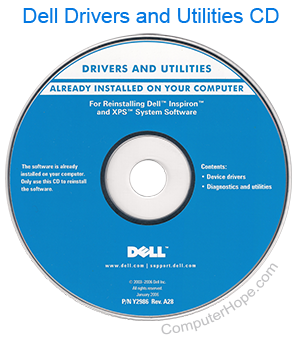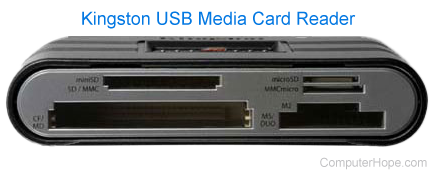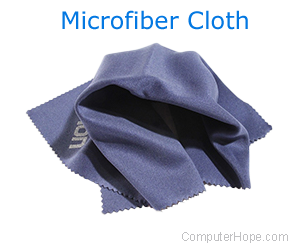Why is my SD card not working or cannot be read?

SD cards are great for storing digital media (such as photos or video clips) in digital cameras, camcorders, MP3 players, and mobile devices. The following sections contain common reasons that these cards aren't working with a card reader in a desktop or laptop computer.
If your computer and electronic device cannot read the SD card after trying all troubleshooting options below, the SD card is likely defective and should be replaced.
Test the SD card
If the SD card works with your device (e.g., see pictures on camera), but doesn't work with your computer, there's an issue with the card reader. A temporary workaround is to connect the electronic device to the computer using a USB cable with the SD card still in the device. Once connected, transfer the data from the device and SD card to the computer. Skip to checking the USB adapters to troubleshoot further and find a more permanent solution.
If the SD card does not work with your device (e.g., camera) and isn't recognized by your computer, the SD card itself is likely defective. Skip to check write-protection to try troubleshooting SD card-related issues to verify.
If your smartphone cannot read an SD card, the card may be formatted by a device that's incompatible with your phone's operating system. If you're experiencing this problem, visit your phone manufacturer's website for support.
Built-in memory card reader
Sometimes, a laptop or desktop computer comes with a built-in memory card reader. To confirm if this device is working properly, try the troubleshooting options listed below.
Check for updated drivers

Computer hardware manufacturers periodically release updated drivers to fix bugs or improve device functionality. If the currently-installed drivers are outdated or no longer compatible with the operating system, the built-in card reader may not work correctly. Check the computer manufacturer's website for new drivers, and if found, download and install them. Insert the memory card into the built-in card reader again and test to see if it works.
Test with another memory card
If you have another memory card, try it in the built-in card reader to determine if the computer can see the memory card and read its contents. If it works, your memory card is bad and needs to be replaced. If a second memory card is not readable, the built-in memory card reader likely is defective.
External memory card reader
Try using an external USB memory card reader to test if the SD card or built-in card reader is the problem. If the memory card works with the USB card reader, the built-in card reader is likely defective and must be repaired or replaced. If the memory card does not work with either device, a bad memory card is probably the issue.
Check the USB memory card adapter

If you are trying to access the SD card using a USB card reader connected to a USB (universal serial bus) port on the computer, try the suggestions below.
Use different USB ports

If you have a computer with multiple USB ports, try using an alternative one to determine if your computer has a bad USB port. For instance, if you're connecting to a front USB port, try a USB port on the back or side of the computer.
Disconnect and reconnect USB cable
Make sure the USB connector is securely attached to the port on the computer. Verify the connection by disconnecting the USB connector and reconnecting it to the port.
If the USB cable can detach from the card reader, make sure the USB connector is securely connected to the card reader too. If the connection is loose, it can cause the card reader to malfunction.
Disconnect and restart the computer
Disconnect the card reader's USB connector from the computer, restart the computer, and reconnect the USB connector to the computer. Doing so sometimes helps reset the connection, making the card reader work properly again.
Install available drivers

Some USB card readers may require drivers to be installed on the computer to work properly. In most cases, Windows does automatically detect and install standard drivers, but some card readers may work better with drivers designed specifically for that device. Check the manufacturer's website for drivers, and if found, download and install them.
Test different types of digital media cards
If your USB card reader can read multiple types of digital media cards, try a different card to test the reader. If several card types are not readable, the USB card reader is likely defective and must be replaced.
Dirty memory card or card reader

If the memory card or card reader is not used regularly, dirt, dust, and other debris can build up on the metal contact points. Gently clean the contact points on the memory card using a microfiber cloth to avoid causing any damage. Clean the memory card reader too, using compressed air. Insert the memory card in the card reader again and verify if the computer can read the card now.
Press the memory card in a little harder
With some card readers, the SD card may need to be pressed in a little harder. Do not force the SD card in the slot, but try pressing a little more than you normally would to make sure it is firmly inserted in the card reader.
No drive icon in my computer
If a drive letter or card reader icon is not displayed in File Explorer or Finder after inserting an SD card, the computer may be low on virtual memory. Try closing all open programs and allow your computer to idle for a few minutes. Insert the SD card again and see if the drive letter or card reader icon appears.
If your computer has Windows Vista, you may need to download and install a patch to fix a known bug relating to issues with reading SD cards in Windows Vista.
Check write-protection

Many SD cards have a feature called write-protection, toggled on and off with a switch on the left side of the card. With write-protection enabled, files cannot be modified. If the SD card has any defects and write-protection is enabled, it could cause the card to not be readable.
If your SD card has a write-protection switch, make sure it's disabled, in the opposite direction that points to "LOCK" on the card. Try using the SD card again and see if that fixes the issue.
Formatting
With some card readers, the card is formatted much like how a disk drive is formatted when first used in a computer. Sometimes, the device may format the SD card in a way that makes it only readable by that device and nothing else, including a computer.
If you have trouble getting an SD card to work with your smartphone, the card may be formatted to a file format your smartphone doesn't support.
If both the device (e.g., camera) and computer can read the SD card, the computer can access the media regardless of how it is formatted.
A potential fix is to reformat the SD card to make it readable again, but doing so erases all data on the card. Formatting should be done as a last attempt at getting the card to work.
Replacement
If the troubleshooting options and solutions above do not work for you, it may be necessary to purchase a new SD card as a replacement. Like any storage media, an SD card fails over time, depending on how much use it gets and where it is used. Extensive use or harsh environments, like extreme temperatures or a humid climate, can result in SD card failure.
